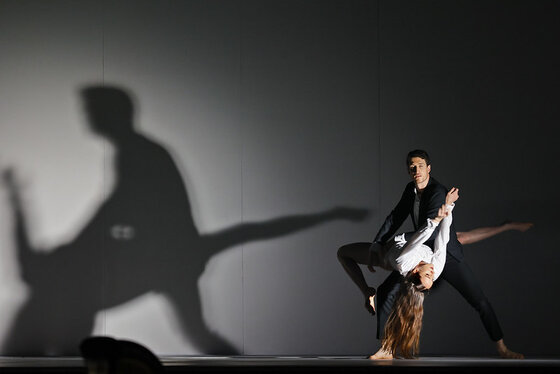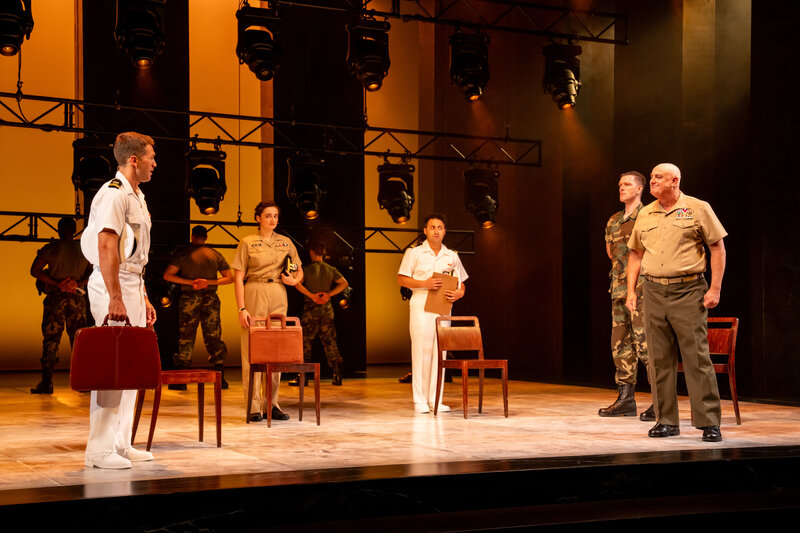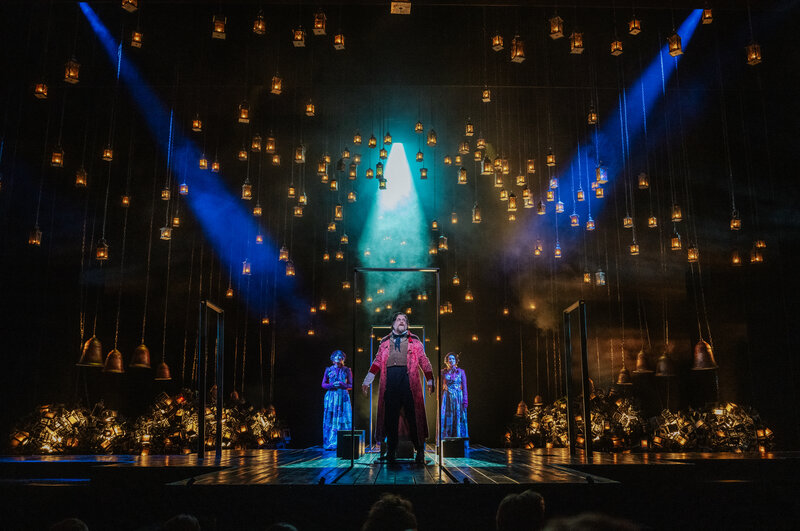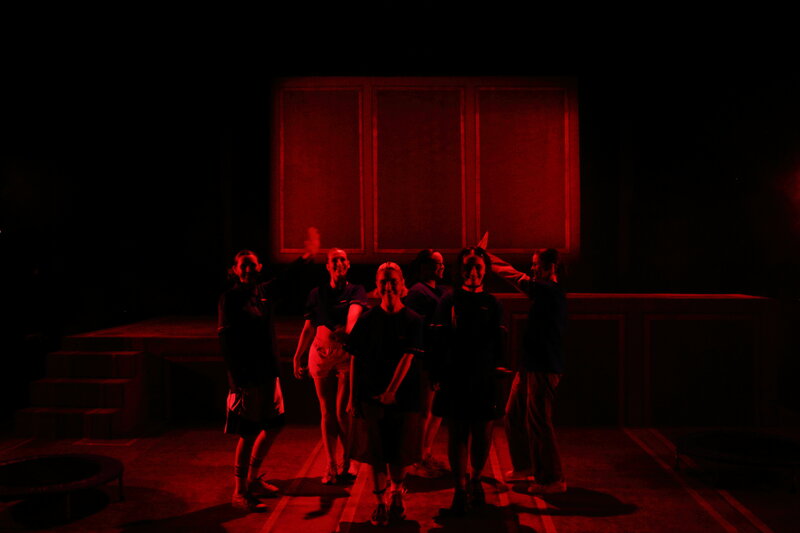Of all the horror tropes, witches have had a lean run lately. Seems you can’t turn around without a new movie about zombies, vampires or ghosts being released; but witches have somehow stayed quietly in the background. Until now that is, and the release of Robert Eggers’ genuinely creepy indie film, The Witch.
 An audience favourite and prize-winner at the 2015 Sundance Film Festival, The Witch is low-budget filmmaking at its best. Eggers has clearly learned from the likes of Hitchcock that the most disturbing images aren’t the ones on the screen, they’re the ones in people’s heads. Much of the violence in the film takes place off-screen, leaving the audience to fill in the gaps – and that can be the scariest experience of them all.
An audience favourite and prize-winner at the 2015 Sundance Film Festival, The Witch is low-budget filmmaking at its best. Eggers has clearly learned from the likes of Hitchcock that the most disturbing images aren’t the ones on the screen, they’re the ones in people’s heads. Much of the violence in the film takes place off-screen, leaving the audience to fill in the gaps – and that can be the scariest experience of them all.
The film is set in 1630 in the Massachusetts colony (note the film’s sub-title: A New-England Folktale), where the elders of a Puritan settlement are in the process of trying William (Ralph Ineson) for religious views that don’t quite fit their orthodoxy. William basically gives himself up when, in a fit of pique, he declares he would welcome banishment from the settlement. So the die is cast and William and his family – wife Katherine (Kate Dickie), teenage daughter Thomasin (Anya Taylor-Joy), 11 year old son Caleb (Harvey Scrimshaw) and young twins Mercy (Ellie Grainger) and Jonas (Lucas Dawson) – are exiled. They set up a small farm at the edge of a forbidding forest. By the end of the autumn, a new baby has arrived and with the last of the harvest, things seem to be looking up. But disaster is just around the corner. First, the grain crop is found to be “rotten”, meaning food for the coming winter is likely to be in short supply. Far worse though arrives when the baby disappears, seemingly from right under Thomasin’s nose. A fruitless search through the forest fails to find the infant, and other misfortunes soon follow; leading the deeply religious William and grieving Kate to believe something sinister is at work.
Eggers’ script is apparently based on records from colonial New England – including the infamous Salem witch trials – and explores in some detail the attitudes and beliefs of the time. He also is careful to include an important visual cue to set apart things that, in the world of the film, are real and those that are imagined. He even manages to include a rational explanation (hint: Google “ergotism”) for the events depicted. He also uses what is said to be period idiom, so much of the dialogue may sound a bit odd (and occasionally a little hard to follow); but it’s worth staying with it.
Teenager Thomasin is the centre of the film. It’s largely shown from her perspective, and she (perhaps unsurprisingly) becomes the focus of her parents’ superstition. The way the film deals with Thomasin’s predicament can be read as a feminist analysis if you’re so inclined; and it also has parallels with other similarly themed material (see, for example, Margaret Atwood’s “Half-Hanged Mary” about alleged witch Mary Webster). If you don’t want to dive that deeply, it also works on a more straightforward level, although it’s important to bear in mind that what you see in the film isn’t necessarily “real”).
Newcomer Anya Taylor-Joy acquits herself wonderfully as the headstrong but conflicted Thomasin. Her performance is ably counter-pointed by that of Ralph Ineson (Game of Thrones) as William, a man steadfast in his beliefs, but bewildered when those beliefs are challenged at every turn. Kate Dickie (also from Game of Thrones) is excellent as the fragile Katherine; while young Harvey Scrimshaw plays a vital supporting role as Caleb. The humans are however somewhat in danger of being upstaged by a shaggy and menacing goat, dubbed Black Phillip in the film.
The moody cinematography (much of it using natural light) from Jarin Blaschke sets the tone perfectly; and the air of menace (even dread) is accentuated by Mark Korven’s atmospheric score. Art buffs may note that a few scenes appear to owe something to the paintings of Francisco Goya, notably some of his Black Paintings series.
The Witch announces Eggers (who’s probably best known till now as a production designer) as a director to watch. This is cinema that demands a lot from its audience; but which delivers plenty in return.
Director: Robert Eggers
Cast: Anya Taylor-Joy, Ralph Ineson, Kate Dickie, Harvey Scrimshaw, Ellie Grainger, Lucas Dawson
Release Date: 17 March 2016 (limited)
Classification: MA15+ (Strong supernatural themes and violence)
David Edwards

David Edwards is the former editor of The Blurb and a contributor on film and television




